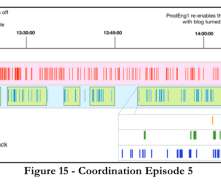Migrating Critical Traffic At Scale with No Downtime?—?Part 1
The Netflix TechBlog
MAY 4, 2023
Replay Traffic Testing Replay traffic refers to production traffic that is cloned and forked over to a different path in the service call graph, allowing us to exercise new/updated systems in a manner that simulates actual production conditions. This approach has a handful of benefits.

























Let's personalize your content